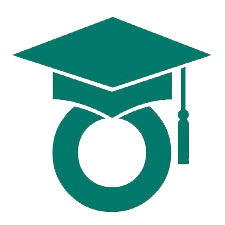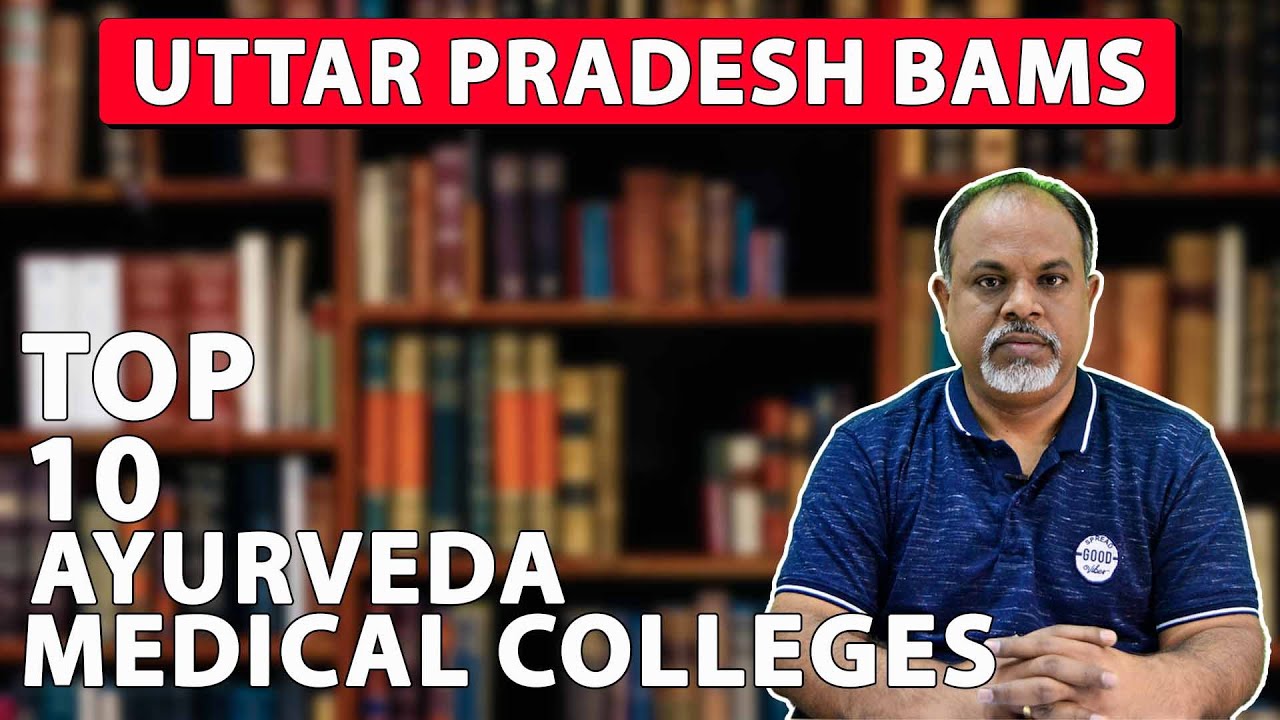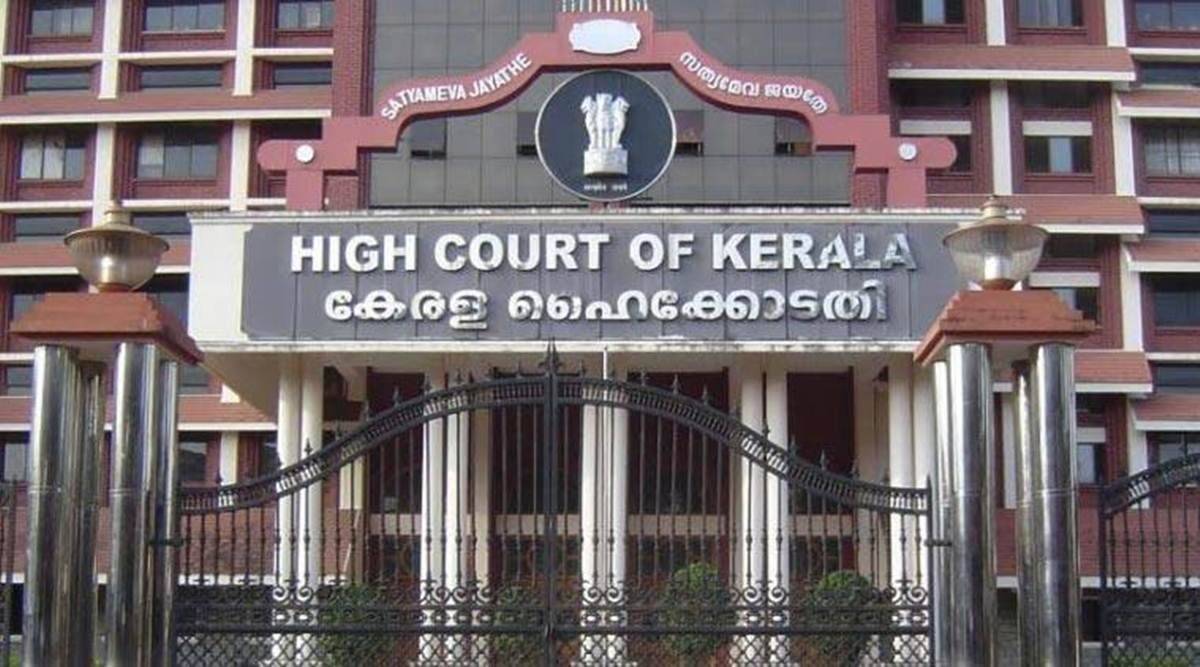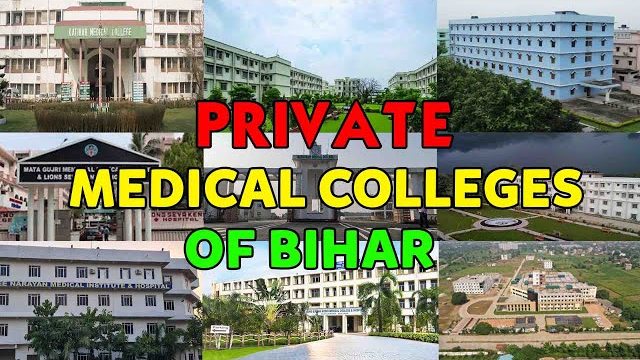Are you looking for the top ten private BAMS colleges in Uttar Pradesh?
BAMS colleges in Uttar Pradesh
India is home to a variety of educational institutions, and the state of Uttar Pradesh is no different. There are a number of excellent private BAMS colleges in Uttar Pradesh that offer quality education to aspiring students. In this blog post, we will discuss the top ten private BMS colleges in Uttar Pradesh and give you an overview of their fees and cutoffs. So, let’s get started
Top 10 Private BAMS Colleges of Uttar Pradesh
1: Guru Gorakhnath Institute of Medical Science, Gorakhpur
The college opened its doors in 1932. The tuition fee is 2,65,800 INR. The cutoff is 303.
2: Greater Noida’s Ishan Ayurveda Medical College & Research Centre was founded in 1994. The annual tuition cost is 2,04,600 INR. The cutoff for the first round is 240.
3: Lucknow’s Sardar Patel Institute of Ayurveda Medical Science and Research Center
In 2016, the college was founded. The annual tuition is 2,55,700 INR. The cutoff for the first round is 232.
4: Bareilly-based Rohilkhand Ayurveda Medical College and Hospital
The tuition for the college, founded in 1956, The annual tuition fee is 2,04,600 INR. 148 was the first-round cutoff.
5: The GS Ayurveda Medical College and Hospital in Hapur
In 2014, the college was founded. The annual tuition is 2,59700 INR. cut off at 137.
6: Farrukhabad’s Major SD Singh Ayurveda Medical College & Hospital
In 2006, the college was founded. The cost of tuition is 2,59200 INR. cut off at 136.
7: Lucknow-based Babu Yograj Singh Ayurveda Medical College and Hospital
The college was founded in 2008. The annual tuition is 24,600 INR.
134 was the first-round cutoff.
8: Sri Krishna Ayurveda Medical College and Hospital in Varanasi
The tuition fee is 2,69,800 INR. Cutoff 125 for the first round.
9: Saharanpur’s Doon Ayurveda Medical College and Hospital
In 2016, the college was founded. You can receive the 2,04,600 INR tuition with only the qualifying score.
10: Aligarh Unani and Ayurveda Medical College and Hospital
In 1993, this college was founded. You can obtain it with a simple qualifying score and a tuition cost of 225,000 INR.
**The director of BODMAS Education Services Private Ltd, Mr Ashok Singh, contributed to the writing of this article. For the past five years, BODMAS Education has conducted educational research and offered counselling and recommendations to students.
You must also follow our social media accounts on Facebook, Instagram, and Telegram. You will receive regular updates using this method. Also, you can download our smartphone application.




















